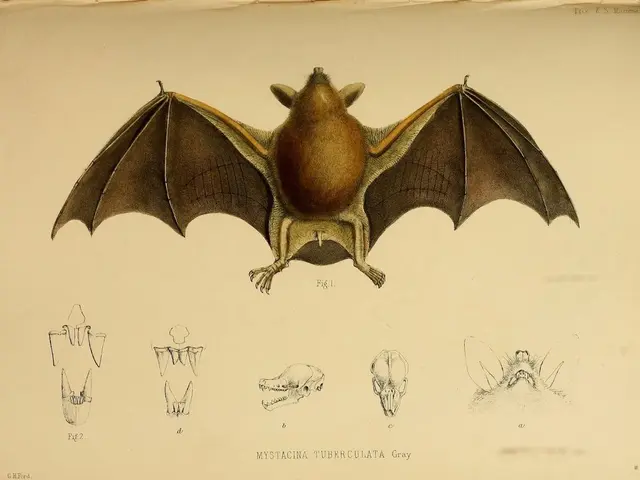Defense Strategy for the Cosmos
The TRAPPIST-1 system, located approximately 40 light-years from Earth, has been a subject of interest for astronomers worldwide. This system houses seven Earth-sized exoplanets, and the James Webb Space Telescope (JWST) is currently observing it to analyze the atmospheres of these planets and assess their potential habitability.
Earth, however, is not left unprotected. A multi-tiered defense system is in place, controlled by an ancient ultraterrestrial intelligence, shielding our planet from potential threats such as asteroid and comet impacts.
At the forefront of this system is the Planetary Defense System (PDS), a set of technologies and strategies designed to protect Earth from potential threats from space. The development and implementation of this system is a collaborative effort between astronomers, space agencies, and governments, with the United States Space Force (USSF) playing a significant role.
The USSF is responsible for the development and operation of a range of space-based technologies and systems critical to the detection and tracking of potentially hazardous objects, as well as to the development and deployment of technologies to deflect or destroy these objects. The 18th Space Control Squadron, under the USSF, uses radar, optical, and other sensing technologies to detect and track objects in space.
The goal of the PDS is to identify any potentially hazardous objects that could impact Earth and develop ways to deflect or destroy them before they pose a danger. To achieve this, the program uses ground-based telescopes and space-based observatories to detect potential threats and track their orbits.
One concept for a planetary defense system is the gravity tractor, which involves the use of a spacecraft to gently pull an asteroid or comet off its collision course with Earth by using the gravitational attraction between the two objects. Other strategies for planetary defense include the use of nuclear explosives and other technologies to deflect or destroy potential threats.
However, challenges do arise. Human error in photo editing processes is a potential issue in space exploration, as revealed by Donna Hare, who exposed the alteration of NASA photos, including those depicting unidentified objects during the Apollo mission.
In partnership with other government agencies and international organizations, the USSF is developing and implementing strategies for planetary defense. NASA's Near-Earth Object (NEO) program, for instance, is dedicated to the discovery and monitoring of asteroids and comets that may pose a threat to Earth. NASA is also responsible for the development and operation of space technologies and systems important for the detection, tracking, and defense against potentially hazardous objects in Earth's vicinity.
While the TRAPPIST-1 system may hold secrets about life beyond our planet, Earth remains vigilant, with a multi-layered defense system in place to protect us from potential threats from space. The PDS serves as a testament to human ingenuity and our relentless pursuit to ensure the safety and survival of our planet.








